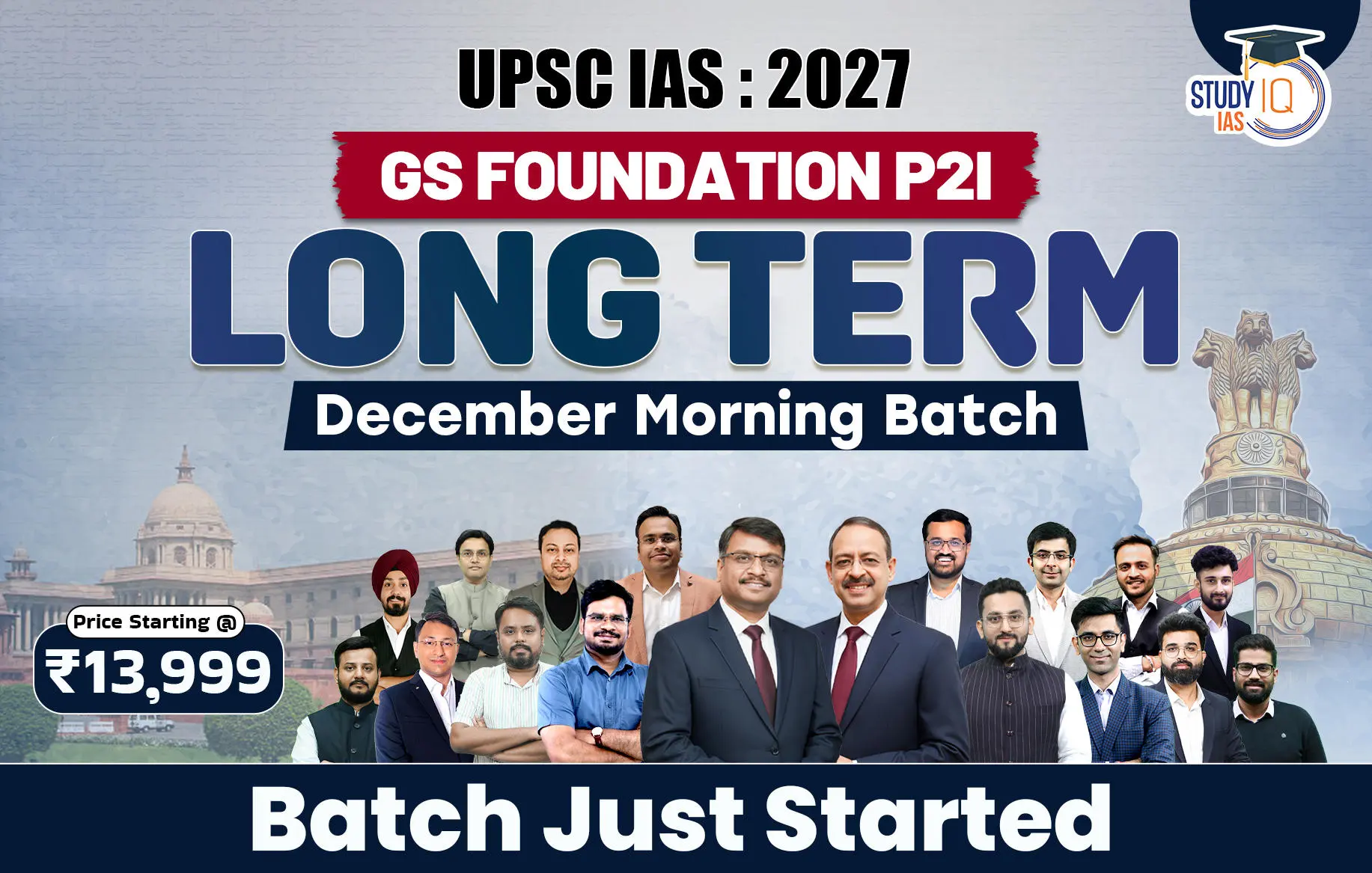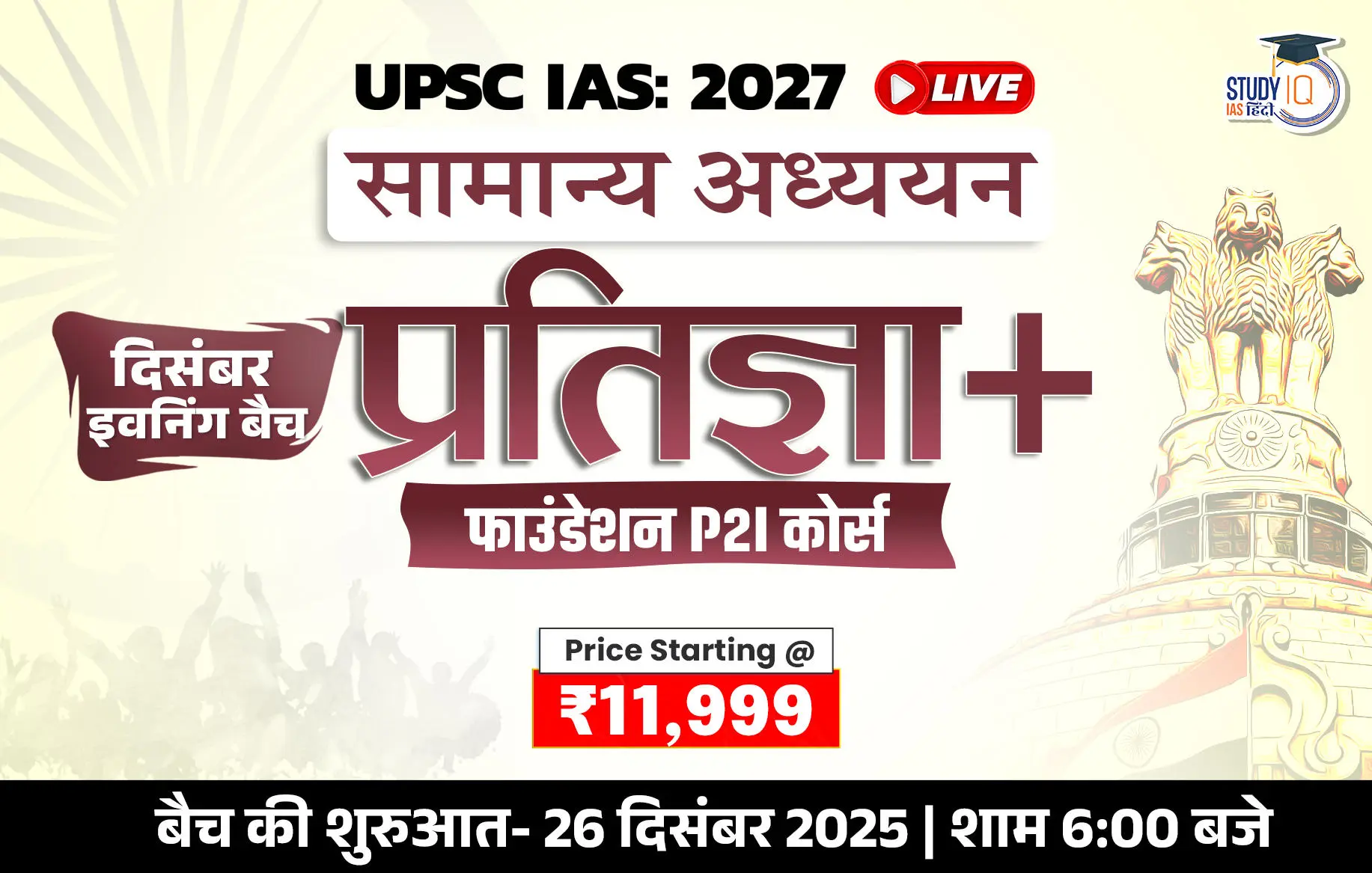Table of Contents
Child Labour (Prohibition & Regulation) Act 1986
International Labour Organisation estimates that there are more than 152 million youngsters working as child labourers worldwide. India alone is home to almost 10 million of these young labourers. Children are nevertheless involved in a variety of vocations despite efforts and rigorous statutory regulations. India ratified the Worst Forms of Child Labour Agreement (No. 182), an ILO agreement, in 2017.
Child Labour Definition
Child labour is forcing children to participate in or be engaged in any economically productive work on a full- or part-time basis. Children who participate in this are typically deprived of fundamental childhood experiences like going to school and suffer bodily and mental harm.
Child Labour Legislation in India
Because it robs them of the most crucial stage of life, childhood, child labour practises hinder both the mental and physical development of children. According to the Child Labour (Prohibition and Regulation) Act of 1986, it is absolutely forbidden for children under the age of 14 to work in dangerous jobs. The act itself compiles a list of dangerous professions.
|
Child Labour Legislation in India |
|
| Particulars | Details |
| Constitutional Provision | Article 21 A – All children between the ages of 6 and 14 must get free and required education from the State in the way specified by law.
Article 24 – No kid under the age of fourteen may be hired to work in a factory, mine, or in any other dangerous occupation. Article 39(e) – The health and strength of workers, men and women, and the tender age of children are not abused and citizens are not forced by economic necessity to enter avocations unsuited to their age or strength. |
| Committee on Child Labour | In 1979, Gurupadswamy Committee was established to study and tackle the child labour issue. |
| Legislation on Child Labour | In 1986, Child Labour (Prohibition and Regulation) Act was enacted by Indian Parliament. |
| Amendment of Legislation on Child Labour | In 2016, Child Labour (Prohibition and Regulation) Amendment Act prohibits the employment of children below the age of 14 years. |
| Rules on Child Labour | In 2017, Child Labour (Prohibition and Regulation) Amendment Rules – a broad framework against child labour. |
| Government Initiatives | Operation Smile: Also called Operation Muskaan is an initiative of the Ministry of Home Affairs, to trace and rescue missing children in the state. |
| Indian & ILO Convention on Child Labour | The International Labour Organisation (ILO) has two conventions: convention 138 from 1973 on the minimum age for employment and Convention 182 from 1999 on the worst kinds of child labour. Both have been ratified by India |
Child Labour (Prohibition & Regulation) Act 1986
The Child Labour (Prohibition and Regulation) Act of 1986 designates a child as a person who has not completed their 14th year of age. It aims to regulate the hours and the working conditions of child workers and to prohibit child workers from being employed in hazardous industries.
Child Labour (Prohibition and Regulation) Amendment Act, 2016
The Child Labour (Prohibition & Regulation) Amendment Act, 2016, was passed by the government and went into effect on January 1, 2016. The Amendment Act outright forbids hiring anyone under the age of 14. Additionally, the amendment forbids hiring teenagers between the ages of 14 and 18 for risky jobs and processes and restricts their working conditions in cases where it is not. The change also makes it a crime for businesses to hire any child or teenager in violation of the Act, increasing the severity of the penalties for such violations.
Child Labour (Prohibition and Regulation) Amendment Rules, 2017
After a thorough consultation with the relevant parties, the Government of India has notified the change to the Child Labour (Prohibition and Regulation) Central Rules. For the prevention, prohibition, rescue, and rehabilitation of child and adolescent workers, the Rules offer a comprehensive and detailed framework. Specific measures have been inserted into the rules to clarify concerns relating to helping in families, family businesses, and the definition of family with regard to children.
Additionally, it offers protections for artists who have been given permission to work under the Act in terms of working conditions and hours. To ensure the proper execution and compliance of the Act’s provisions, the rules include explicit provisions embodying the roles and obligations of enforcement agencies.
Child Labour (Prohibition & Regulation) Act 1986 UPSC
According to the Act, no child shall be permitted or required to labour for more than three hours between the hours of 7 p.m. and 8 a.m. without a one-hour break. per child working in an establishment is entitled to a day off per week. Anyone who hires a kid or allows them to participate in tasks or processes where they are not allowed to do so faces up to a year in prison, a fine of at least Rs. 10,000, or both. Other offences are punishable by a fine of up to Rs. 10,000, a month in jail, or both.


 UPSC EPFO Result 2025 Out: EO/AO and APF...
UPSC EPFO Result 2025 Out: EO/AO and APF...
 UPSC CSE Interview Schedule 2025: Dates,...
UPSC CSE Interview Schedule 2025: Dates,...
 UPSC EPFO Cut Off 2025 (Expected): Categ...
UPSC EPFO Cut Off 2025 (Expected): Categ...

























